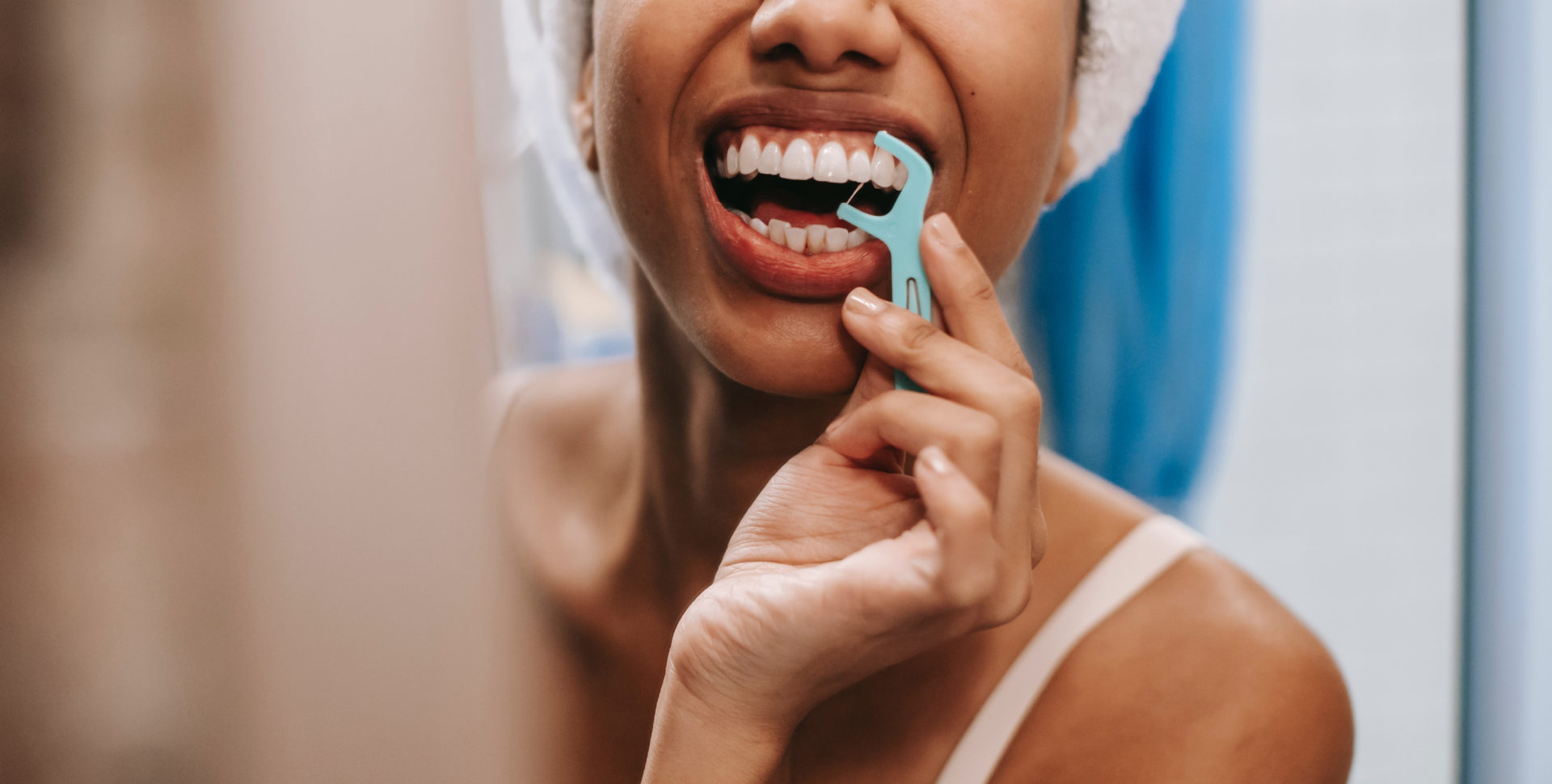Experience the perfect blend of tradition, mindfulness, and nature as we celebrate the festival amidst our tranquil surroundings. Join us in fostering a deep connection with the beauty of our community
Since the recent pandemic began, more and more people around the world shifting towards plant-base diet for reason relating to health and immunity. The survey estimated that in past few years, nearly 18% people in U.K. and 39% in U.S. have considered to eat more vegan and/or vegetarian food.
A plant-based diet is eating pattern focus on food item and product made from plant source – These includes not only vegetables and fruits but also nuts and legumes, seeds, grains. – coupled with lower or no consumption of animals and its products. Those who follow plant-based dirt diets are categorized as:

WHO European Office for the Prevention and Control of Noncommunicable Diseases Plant-based diets and their impact on health, sustainability and the environment
Many reports have found a positive impact of plant-based diet, including lower risk of NCDs, support immune system, reduce inflammation, and improve gut’s health.

Even the evidence show that plant-based diet has a great health effect, but it relies on what choices do you choose. A healthy plant-based meal should consist of proper portions of vegetables, fruits, whole grains, healthy protein, and healthy oils.
| Eat less | Eat more |
|
|
|
|
|
|
|
|
|
|
|
|
|
|
Limit sugary desserts and carbonate drink as well and make sure you are picking whole grains and vegetables regularly.
In summary
Start eating more plant food could be easier when you focus on what you can do not what you can’t. If you are considering to be plant-based person, just focus on getting 400 grams or 5 servings of fruits and vegetables a day first, then find the way adding more protein to your daily meal to satisfy your body.
Written by Dr. Stephen Barrie
We have all read about the many positive short-term and long-term health benefits of adopting a healthy lifestyle – feeling better and reducing the risk of chronic diseases.
But how about slowing down biological aging and extending your lifespan? Research published recently shows that following just an 8-week treatment program that included guidance for diet, sleep, exercise, relaxation, and supplemental probiotics reduced the participants’ biological on average by 2 years! Imagine the results if we adopted these as a lifelong lifestyle.

Before I tell you about the program, let me explain what “biological age” means. The number of years we have been alive since we were born is our ‘chronological age”. Everyone “ages” at a different rate – some people seem to age very rapidly. In contrast, others experience aging at a much more gradual pace. Biological age refers to how old a person “seems.” There are various biomarkers of aging that we can measure from your body – telomeres, DNA methylation, and microbiome gene expression are some of the methods currently used.
Let me quickly introduce one more science term – epigenetics. Epigenetics is the study of how your behaviors and the environment can cause changes in your genes to work. In measuring your biological age, we are, in effect, measuring your epigenetic clock. You can’t change your genes (DNA). Still, we can change how the genes express themselves – various lifestyle factors such as diet, obesity, physical activity, tobacco smoking, alcohol consumption, environmental pollutants, and stress have been shown to modify the expression of our genes. The great news is that this means these effects are “REVERSIBLE”! We can make our epigenetic clock move slower.

How can we slow down this aging clock?
The program used in the research study mentioned above consisted of five parts:
Coaching – participants were given coaching advice on how to implement the above program. By integrating these activities into your daily life, you will not only live longer but will enjoy a healthier and happier life every day. These are lifestyle choices that you can teach your children, partners, and parents.
Tri Vananda embodies these principles as part of our “DNA” foundation. Everything mentioned above is taught and practiced at Tri Vananda – the healthy community.
Written by Dr. Stephen Barrie
We have learned many vital lessons over the past 18 months during the difficult times of the COVID pandemic.
One of the main lesson’s centers around self-care – the importance of each one of us taking better care of our health for ourselves and those around us. We learned that the sophisticated establishment medical system was woefully inadequate – the only actionable advice initially presented was “wear a mask.” Important for sure, but not related to improving our body’s ability to resist the COVID infection.
Yet, we can take many other steps to lower risk, improve our immunity, and live a healthier, happier life. This blog will discuss with you the latest scientifically backed information on achieving these goals.
We will cover such topics as nutrition, the microbiome, your immune system, cognitive health, physical activity, sleep, meditation, relaxation, and healthy aging. We will evaluate these areas from both a lowering of chronic disease risk and a therapeutic viewpoint.
Today I will introduce you to the “microbiome.” Those 40 trillion little critters that live on and inside you.
40 trillion?? If we add in the number of viruses that live in our GI tract, the number increase to 420 trillion!! Look at the attached chart to understand the magnitude and importance of the microbiome.

The key reason we are interested in the microbiome is simply this: 90% of all chronic disease has its origin in the microbiome residing in our mouth and gastrointestinal tract. 90%!
Your microbiome has far more influence on your health than your genetics.
The understanding of the entire human microbiome has helped us redefine what it means to be human. We are a composite of many species, and there is a symbiotic relationship between man and microbe that is foundational to our ability to stay alive and thrive with countless bodily functions.
What is the microbiome?
The microbiome is the collective group of microbes (bacteria, fungi, protozoa, viruses, and phages) that live on and inside us. The bacteria living in and on us are not invaders but beneficial colonizers. When they are in balance, they contribute to our health and lowered disease risk. When they are out of balance (dysbiosis), they can cause the onset of many diseases – some far removed from the GI tract, such as cancer, heart diseases, cognitive disorders (Parkinson’s, Alzheimer’s, depression), immune disorders, skin conditions, poor sleep, and osteoporosis. And of course, GI tracts disorders such as Irritable Bowel Syndrome, Constipation, Food Allergies, Leaky Gut, and Colon Cancer. Fortunately, good lifestyle choices and habits can help keep your microbiome in balance.
The microbiome is essential for human development, immunity, and nutrition. It is now considered an organ in its right since its genetic activity is far greater than our human cell genetic activity. Humans have evolved to live with microbes for millions of years. During this time, microbes have learned to play significant roles in the human body. In fact, without the gut microbiome, it would be challenging to survive.
The gut microbiome begins to affect your body the moment you are born.
You are first exposed to microbes when you pass through your mother’s birth canal.

In this issue, I will discuss the microbes at the beginning – the mouth cavity. Future blogs will include such topics as the “Gut-Brain” axis. Yes, your mouth and gut bacteria actually talk to your brain in a sophisticated two-way communication.
The Oral Ecosystem
Over 800 species of bacteria live in our mouth cavity (versus over 10,000 that live in the lower GI tract). The oral cavity is the first meeting place between the “outside” environment and our immune system. Like the lower GI tract, these bacteria can balance (symbiosis) or out of balance (dysbiosis).
The mouth is “the mirror of health and disease in the body.” An imbalance in the oral microbiome, like an imbalance in the gut, will lead to inflammation, illness, and disease. Every time you swallow, you are seeding your gastrointestinal tract with bacteria, fungi, and viruses from your mouth—140 billion per day, to be exact. 45% of the bacteria in the mouth are also found in the gut. Your mouth is the caretaker of your gut.

Every time you swallow food, you are absorbing thousands of good and bad bacteria. The aim is not to destroy all the microorganisms in your mouth. In fact, just like the gut microbiome, there are good bacteria in your mouth that facilitate your dental health and the well-being of the rest of
your body.
You would probably guess that an imbalance of the bacteria in the mouth causes tooth cavities, bad breath, and gum inflammation (periodontal disease). You would be correct. But would you think that dysbiosis of the oral microbiome also causes: colon cancer, heart disease, Alzheimer’s, depression, arthritis, high blood pressure, Diabetes, Crohn’s Disease, Inflammatory Bowel Disease, and even adverse pregnancy outcomes? Amazingly – it does!
It is important to note that in the human microbiome there is no such thing as “good bacteria” and “bad bacteria.” Rather, it’s just bacteria that behave well (probiotics), or those that behave poorly (pathogens), depending on the condition of their terrain. A number of species of bacteria in the mouth associated with tooth decay and gum disease are totally benign in a balanced oral microbiome.
Many of these issues arise as the oral equivalent to “leaky gut,” that is, “leaky gums.” Like a leaky gut, this permeability in the mouth is closely connected to the ability of bacteria to make their way past the gums into the rest of the body. It’s been well studied in conjunction with diabetes, a disease known to run in tandem with chronic periodontitis. Some of the issues arise because of the bacteria that start in the mouth and, due to poor digestion, live in the lower GI tract.
A recent study published in Neurology, the medical journal of the American Academy of Neurology, has added to that body of knowledge. There is a link between stages of periodontal disease, which can ultimately cause tooth and bone loss, and mild cognitive impairment and dementia 20 years later, the study found.
Gum disease follows a progression. It starts with gingivitis, which presents with red, swollen, and sensitive gums that may begin bleeding when you brush and floss. When gum disease is untreated, the damage will lead to early periodontal disease, where pockets containing tartar, plaque, and bacteria form in the gums around the teeth, causing inflammation, decay, and the beginning of bone loss.
People with more advanced periodontal disease are at higher risk for cardiovascular disease, diabetes, stroke, chronic respiratory disease, pregnancy complications, and dementia.
I hope you can see the critical importance of a healthy mouth cavity – going way beyond bleeding and inflamed gums, but at the root cause of so many chronic diseases.
What can we do?
Good dental hygiene is a proven way to keep healthy teeth and gums throughout your lifetime. Healthy gums do not “leak” so harmful bacteria, and toxins can’t get into your bloodstream.

I know you’ve heard this before:
Considering the many important things our mouth bacteria do for us, it’s time we showed our valued microbial friends a little love in return. The microbiome topic is so important that I will devote the following several blogs to this subject.
One of the goals of Tri Vananda is to give you actionable information and tools to improve the quality of your life.
Written by Dr. Stephen Barrie
We have learned many vital lessons over the past 18 months during the difficult times of the COVID pandemic.
One of the main lesson’s centers around self-care – the importance of each one of us taking better care of our health for ourselves and those around us. We learned that the sophisticated establishment medical system was woefully inadequate – the only actionable advice initially presented was “wear a mask.” Important for sure, but not related to improving our body’s ability to resist the COVID infection.

Yet, we can take many other steps to lower risk, improve our immunity, and live a healthier, happier life. This blog will discuss with you the latest scientifically backed information on achieving these goals.
We will cover such topics as nutrition, the microbiome, your immune system, cognitive health, physical activity, sleep, meditation, relaxation, and healthy aging. We will evaluate these areas from both a lowering of chronic disease risk and a therapeutic viewpoint.
During the last 18 months it became apparent that having a strong immune system was very important. Yet, how do we improve our immune system? There are many factors affecting our immune system and many ways to improve it’s function.
First lets quickly discuss what our immune system is and what it does. The immune system protects our body from outside invaders, such as bacteria, viruses, fungi, and toxins (chemicals produced by microbes). It is made up of different organs, cells, and proteins that work together.
The immune system keeps a record of every germ (microbe) it has ever defeated so it can recognize and destroy the microbe quickly if it enters the body again.
Common advice to improve your immune system includes: not smoking, regular exercise, healthy diet (high in vegetables and fruit), healthy weight, adequate sleep, and minimize stress.
But there are even more impactful things you can do. Today I will present one of them, it is called “Intermittent Fasting (IF)”. So what is Intermittent Fasting. I know, the word “fasting” doesn’t sound like fun.
It is actually very simple YET very powerful. IF is not a “diet” it is an eating pattern that cycles between periods of fasting and eating. It is a form of time-restricting way of eating. There are several methods of IF, but one of the simplest involves consuming healthy food during an 8-hour window and avoiding food (fasting) for 16 hours per day. When you stop and start eating does not matter – you can start eating at 8AM and stop at 4PM or any other 8-hour period.
You can start doing this a few times per week and then slowly makes this your daily routine.
How does IF work?
Let me share the technical medical explanation:
“Intermittent fasting elicits evolutionarily conserved, adaptive cellular responses that are integrated between and within organs in a manner that improves glucose regulation, increases stress resistance, and suppresses inflammation. During fasting, cells activate pathways that enhance intrinsic defenses against oxidative and metabolic stress and those that remove or repair damaged molecules.” [1]
That is a mouthful, it simply means that by restricting food intake for 16 hours per day we can change the production of various chemicals made by our body in many positive and healthy ways. Back to our Immune System (I didn’t forget it).

IF can help us fight off infections. The number one benefit of IF is something called “autophagy”. This involves the recycling of our old, damaged and redundant cells in order to produce fresh new cells that are superior in function and health. During this process, defective immune cells or their parts are replaced, and toxins or pathogens can be released from the cells. IF keeps your body focused on this cleanup work.
This process reduces immunosenescence (aging of the immune system); lowers inflammation and activates the cells that fight off invaders. A recent study showed that memory T cells, which produce molecular weapons to kill pathogens and cancers, suddenly became supercharged and fought off infections in one-third the time during IF.[2]
Intermittent Fasting improves the functions of our immune system so we can naturally reduce our risk of infections – such as the Sars-CoV2 (COVID) virus. Our bodies have powerful defense mechanisms, let’s be sure to maximize their potential.
But wait, an improved Immune System is just one of the amazing benefits of Intermittent Fasting. Here are the other main health benefits:

In summary:
Intermittent fasting can have many benefits for your body and brain. It can cause weight loss, reduce your risk of type 2 diabetes, heart disease and cancer. It may also help you live longer. And it supercharges your immune system. This is incredibly powerful medicine – yet simple and safe.
In our next blog we will introduce you to the microbiome”. Those 40 trillion little critters that live on and inside you.
One of the goals of Tri Vananda is to give you actionable information and tools to improve the quality of your life.
[1] n engl j med 381;26 nejm.org December 26, 2019
[2] Cell Vol 178, ISSUE 5, P1088-1101.E15, AUGUST 22, 2020